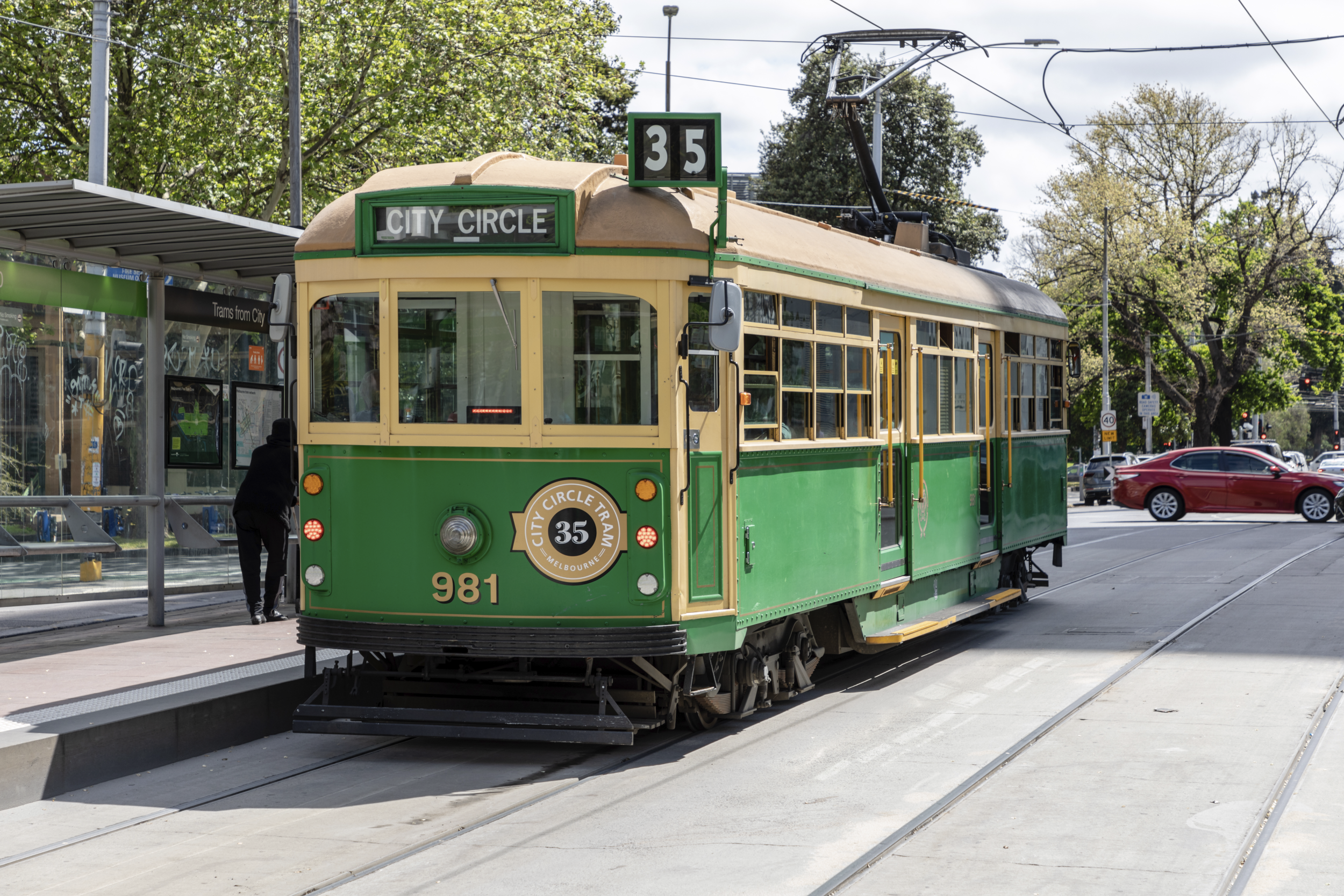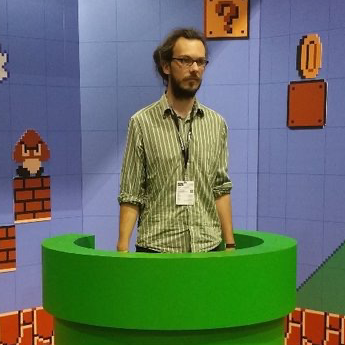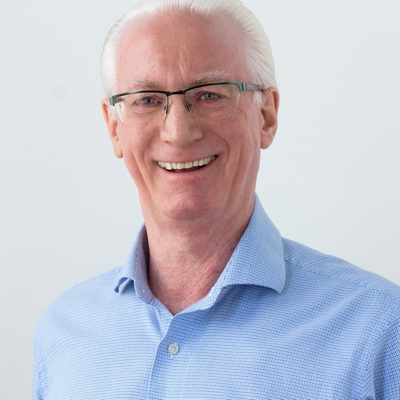I have to admit, I did a double-take at “Australia’s biggest city” referring to Melbourne. But it does in fact appear to be correct, so long as you look at “significant urban areas”, and not the “greater capital city statistical area” or “urban centre”.
To be honest I’m not sure what each of these is supposed to mean. GCCSA is at least clear in that it’s the SUA of the main city plus a few others (Central Coast and Bacchus Marsh & Gisborne, respectively), but what is SUA vs UC? Clearly neither is as limited as “city council area”, but beyond that? 🤷♂️
Anyway, this is certainly not a problem unique to Melbourne. It’s been quite a while since I’ve made it down there, but the perception I get is that yous have a lot better options for public transport than we do up in the sunshine state. And at the very least,
But it’s the difference between an hour-and-a-half of travel time, compared to maybe 30 or 40 minutes
Is incredibly relatable here, too. It’s a problem across the entire country, as well as in other anglosphere countries around the world. We desperately need a wide-spread cultural and political change when it comes to transport and city planning. That means more and more frequent public transport. More public transport routes that aren’t solely designed to get into and out of the CBD. More and better active transport routes. Better zoning laws to enable more people to live closer to where they want to go. And it also necessitates not spending billions upon billions of dollars on road-widening to keep making cars more and more appealing.
This article was much better than I was expecting, honestly, touching on non-CBD routes, congestion charging, and building more in areas with pre-existing good public transport. But it was all so very surface-level. More articles like this, for Melbourne, for other Australian cities, and at the national level, is great. But even greater would be more articles that allow themselves to really delve in present a clear vision for a better future.
I did a double-take at “Australia’s biggest city” referring to Melbourne
It overtook Sydney about a year ago when the ABS revised the statistical areas: https://www.bbc.com/news/world-australia-65261720
Based on these new boundaries Melbourne’s had a higher population than Sydney since 2018.
Conveniently, that article also answers one of my questions.
The Australian Bureau of Statistics (ABS) defines a city’s “significant urban area”, by including all connecting suburbs with more than 10,000 people.
It’s not super clear how Melton, with this definition, catapulted Melbourne ahead. My best guess is that there was one suburb needed to connect the rest of Melton into Melbourne which has only just reached the threshold, which allowed the entire urban centre of Melton to be added?
Even more interesting is how all of Geelong is excluded from Melbourne’s count when Gosford’s included in Sydney’s count, despite neither place being continuously connected to the larger city, Geelong being closer to Melbourne than Gosford is to Sydney, and Geelong having just as large a proportion of daily commuters as Gosford.
The reality is that Melbourne’s population outpaced Sydney a long time ago and the boundaries are only just starting to catch up.
Ugh. It seems that realistically we’re going to be wrestling with the suburban sprawl for quite a while.
Random thoughts: How much of this is the demographics of the population growth being dominated by young families (which is likely a fairly severe factor toward heavy car usage)?
It feels to me that the call to build out more and more public transport inevitably runs into costing and logistics issues (thus my top comment). The most logical way to ease traffic problems like this is to lean into 15 minute living, which requires higher density living in which a walk, bicycle or small electric vehicle can take you just about anywhere you want to go.
While there’s plenty of higher density development going on, I’m skeptical that it’s selling the idea well. How many of these residents are “shoe box” apartments in cuboid buildings which provide little natural sunlight or air flow? Look at a satelite image of european cities and look at the residential buildings … so often you’ll see that they have a doughnut shape and an inner garden, which provides natural light and airflow to most apartments, as well as more natural settings. Is car use being minimised in any of these areas? Likely not (as all the new residents need to drive places too!) … so the case for a car-less living is just not being made any where.
I’d like to see a move to make the CBD mostly car free so that people can see it. The other day I was walking down Elizabeth during/close-to peak hour, and the pedestrians were moving faster than the cars, which meant the total movement of individuals far exceeded that of the cars (which were all mostly single driver of course!). Take ICU vehicles off a number of streets completely except for special purposes, basically as is done now anyway, and allow pedestrians to use and enjoy the streets. And then get some smart urban planning in the picture.
Unfortunately, I honestly think it’s kinda over for Melbourne (and maybe Australian cities generally). Property prices are too high and precious, the legacy of the CBD + suburban sprawl is going to curse the city as it grows, the population growth seems an additional burden while trying to pivot, and its culture of urban planning and development seems just cursed (fed square, docklands, Flemington race course flooding, shoe-box apartments everywhere and various stories I’ve heard about corruption in some local councils in growth corridors).
I mean, in many ways transforming the topology of Melbourne is one of the reasons behind the suburban rail loop being constructed. Rather than having everyone go into a single CBD we will instead have multiple activity centres that have jobs hospitals and infrastructures that people gravitate towards instead of the urban centre.
It’a mostly being driven by new ‘estates’ pushing affordable housing out to bumfuck nowhere with sucessive government failing to increase infrastructure to suit. This is changing, but the rail’s taking a while to complete - first stage was to streamline the amount of trains that could run (hampered by the traditional spoke design with the terminus at Flinders), then putting in more interconnectivity - both still in progress.
Tl;dr; we know and the dandrews govt was actually finally working on it. But it’s in an established city built primarily on volcanic rock and 30 odd years overdue, so it’s taking a while
Side observation: I somehow missed the memo that Melbourne had overtaken Sydney as Australia’s biggest city.
@Nath and yet having been in Sydney just recently their PT seems significantly better 😕
I had a back-and-forth with someone about the systems in Melbourne vs. Sydney a few months back. From that conversation, I learned that I need to go back to Sydney and see how it’s changed (it’s been nearly 11 years since my last visit).
At that point, Sydney’s network was definitely an inferior experience. The network was good, but it was stupidly expensive. It was also not good at getting around the CBD, not sure whether that has changed.
I was last in Sydney about 25 years ago. Apart from their “loop” it was a much more complicated system and I didn’t like it at all and it was confusing.
The only thing I liked about their train system was that it linked in with the airport which was a godsend at the time.
It was expensive and you had to choose a specific station to travel to as well from point to point.
Their colour zones seemed random to me and just unwieldy compared to Melbourne’s centralised 1,2,3 zone with the origin point being the CBD.
I’m not sure what it’s like now but I did not enjoy Sydney’s public transport system back then.
@Nath the things I noticed were the city loop seems to cover the CBD pretty well supported by new surface light rail ( limited network), regularity of services, quality of rolling stock, and opal vs Myki
Some investment they did a while back has enabled 10 minute frequencies on their train lines now. It’s paid off for them and it’s something to strive towards.
Melbourne’s train lines need untangling from one another and single track sections need removing to enable 10 minute frequencies everywhere. Projects like the tunnel are part of the untangling effort, but it will take time. Honestly it should’ve been done 20 years ago.
Having said that, a decent timetable rewrite is due when the tunnel opens. I’m expecting better services on weekends now since those days are when the CBD actually gets busy nowadays.
@Railison regularity of services is a BIG thing. System maintenance is also an issue. It’s crazy how many stations are poorly maintained when we are spending some many $B. In my limited experience I’m yet to see run down stations in the Sydney network? Could be wrong?
Mandatory office days despite working on a tech job that has no onsite requirements, and needing to get to the station without walking 4km and waiting for a bus. That and people wanting to drive to avoid shit PT and sick people.
Yea, I’d personally completely missed the PT usage and avoiding sick people interaction even though I’m guilty of it myself (but I don’t have a car so I walk).
And it’s fair, the amount of people that haven’t learnt the
if you're coughing, cover your mouth at a bare minimum, wear a mask to be mediocre and stay away from closed spaces to be decentlesson … like at all … is just shit. Come a cold winter, and PT becomes germ-chamber, let’s be real.Thus my sibling comment … the solution to excessive car use and congestion probably isn’t simply “build more PT everywhere” (while PT is obviously essential) … it’s more localisation. Higher density residential areas, living closer to where you work, being able to move closer to where you work, having amenities close by … basically “cancelling” the thing that Melbourne/Aus-cities/Modern-post-car-cities are based on … the 'burbs. Which given culture and house prices isn’t gonna happen any time soon. Not to mention that Melbourne’s (and prob Australia’s) urban planning culture and expertise is likely rubbish.
In the mean time though, I’d imagine that planning for more regionalisation could go quite far. Establishing distributed centers of business and employment and higher density living across the city’s 'burbs. Again, urban planning needs to be up to the challenge (mere shoe-box apartments in lightless high rises won’t do the trick). But here we are.
The downvote brigade got you. Must be chilling out in All with nothing better to do. Fucking weird.
Make a mention in the fuckcars community that someone is trying to stifle this article and let the brigades fight it out. 😃
The biggest beauty of Lemmy for me is the points don’t matter. The Melbourne regulars will see this and ultimately that’s who I care about. Even the daily threads rarely get as many as 20 points. Despite hundreds of comments.
But Dr Terrill said the easiest and cheapest solution was to implement congestion charge
This is the kind of thinking that got us into this mess. If you want people to take PT then improve PT rather than making non-PT worse. Don’t punish people for suffering at the hands of a problem that decades of successive governments, the same ones that now want to charge them for it, have created, contributed to, or simply ignored. If someone has spent tens of thousands on something that costs thousands more to register, insure, fuel, and maintain, so they can sit in a stop-start grind for 60-90 min just to get to work, how bad must the alternatives be?
The simple fact is every day heaps of people are trying to get to or from the same place at the same time. PT definitely helps, and would have to remain part of the solution in one form or another, but ultimately it still masks the same place, same time issue. I can’t help but think that getting away from the “CBD” mindset would remove so many issues. And shorter term, stop trying to force people back into the office. Less people needing to go anywhere at all, and those that do aren’t all converging on the same point. Winning.
Of course you also have groups like CBD landlords, car manufacturers, fuel companies etc etc as well as govt budgets that have a vested interest in things not changing, and the safest political move is to just take more money from people who will grumble, but have no choice but to cough up. Rinse and repeat.
Shitting on cars seems popular but imho that is lazy activism, the problem isn’t “cars”, it’s a bunch of things all contributing to them being necessary in situations where they shouldn’t be.
You made some really great points.
This is the best summary I could come up with:
Federal Chamber of Automotive Industries data showed Victorian motor sales in 2023 outperformed 2022 by 12.5 per cent — and 2024 numbers are already outpacing last year’s growth.
Liam Davies, from the Centre of Urban Planning at RMIT, said while research had not been conclusive in this space, he suspected travel patterns had also changed since COVID, putting more people on the road.
“For someone who works at home and finishes at 5 o’ clock, it means they could then spend some of their travel time budget visiting friends or family,” Dr Davies said.
The upward trend in vehicle ownership wasn’t isolated to Victoria — registrations had increased across the country, and in some places, at a pace faster than population growth.
Transport projects included the Metro Tunnel in Melbourne’s CBD, the Suburban Rail Loop in the south-east, and the upgrading of trams, trains and buses across the network.
The Victorian government had taken steps towards this in their Housing Statement, which aimed to build thousands of homes in areas of Melbourne which have existing transport infrastructure.
The original article contains 1,405 words, the summary contains 177 words. Saved 87%. I’m a bot and I’m open source!







